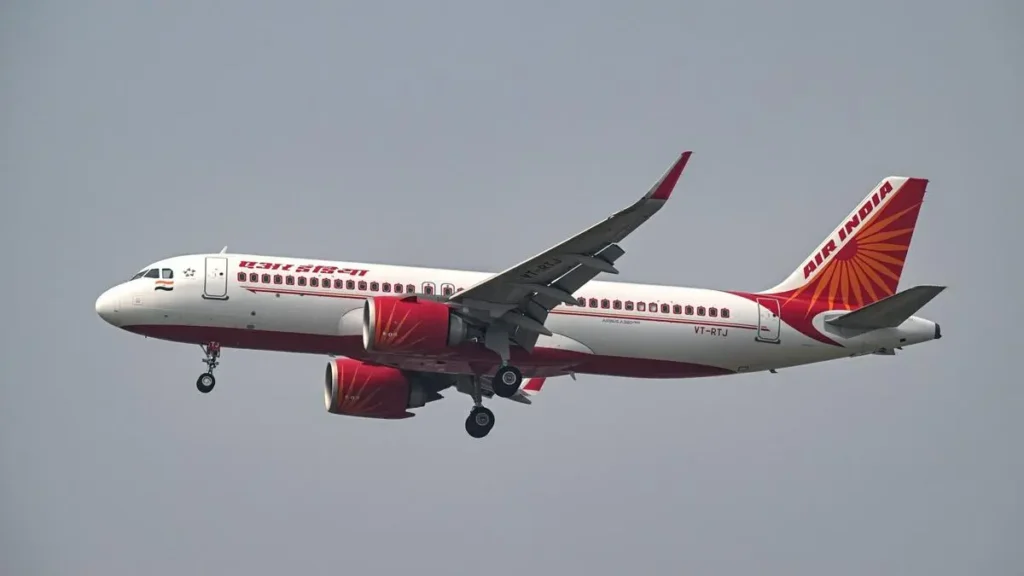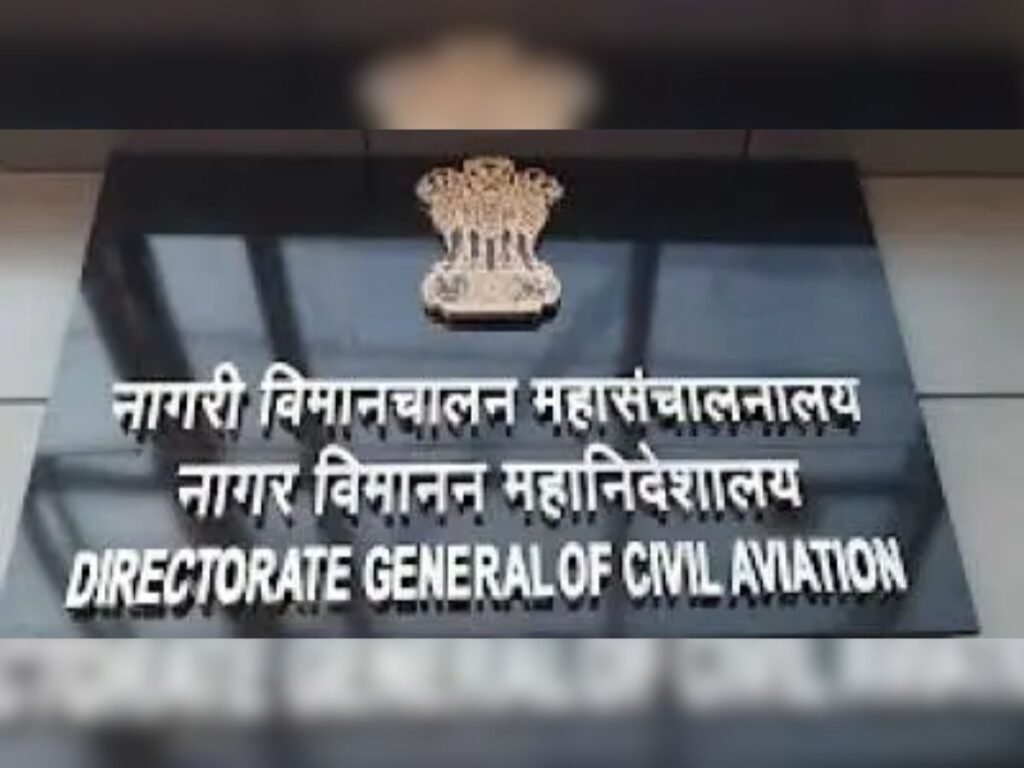DGCA Orders Air India to Sack Three Executives Over Crew Scheduling Lapses
On June 20, 2025, India’s aviation watchdog, the Directorate General of Civil Aviation (DGCA), issued a stern warning to Air India, ordering the immediate removal of three senior executives responsible for crew scheduling. This action follows serious violations in pilot and crew duty hours, uncovered during an audit. The move comes amid heightened scrutiny of Air India after a tragic plane crash in Ahmedabad on June 12, which killed over 270 people. For Indians, this raises concerns about flight safety and how airlines manage their crew, which directly impacts passenger welfare. Here’s a clear explanation of what happened and why it matters.
What Did Air India Do Wrong?
The DGCA found that Air India repeatedly breached rules governing crew scheduling, including:
- Exceeding Duty Hours: On May 16 and 17, 2025, two Air India flights from Bengaluru to London (AI133) went beyond the 10-hour flight duty time limit for pilots, violating Civil Aviation Requirements (CAR). This can lead to pilot fatigue, a major safety risk.
- Invalid Licenses and Training: Some pilots were scheduled to fly despite not meeting licensing or “recency” requirements, such as completing at least three take-offs and landings in the past 90 days. This ensures pilots are current and skilled to operate safely.
- Improper Crew Pairing: Air India paired crew members who didn’t meet qualification criteria, like having enough combined flying hours or specific clearances for challenging routes.
- Systemic Failures: The violations were linked to a flawed transition to a new crew scheduling software (CAE Flight and Crew Management System) in May 2024, which Air India failed to manage properly.
These lapses were voluntarily reported by Air India during an internal audit in February 2025, but the DGCA criticized the airline for not taking strict action against those responsible earlier.

Who Are the Executives Involved?
The DGCA ordered Air India to remove three officials from their roles:
- Choorah Singh, Divisional Vice President of the Integrated Operations Control Centre (IOCC), which oversees flight operations and crew rosters.
- Pinky Mittal, Chief Manager of Crew Scheduling, responsible for assigning pilots and cabin crew to flights.
- Payal Arora, a planning official in the crew scheduling department.
These executives have been reassigned to non-operational roles, meaning they can no longer influence flight safety or crew compliance until Air India fixes its scheduling practices. The DGCA also demanded internal disciplinary action against them within 10 days, with a report on the outcome.
What Else Did the DGCA Do?
Apart from removing the executives, the DGCA took further steps:
- Show Cause Notice: A notice was issued to Air India’s Accountable Manager, CEO Campbell Wilson, asking why action shouldn’t be taken for the Bengaluru-London flight violations. He must respond within seven days.
- Warning of Harsh Penalties: The DGCA warned that future violations could lead to heavy fines, license suspensions, or even the withdrawal of Air India’s operating permit—a drastic step that could ground the airline.
- Increased Oversight: Air India’s Chief Operations Officer, Basil Kawuk, will now directly supervise the IOCC to ensure compliance with safety rules.

Why Does This Matter to Indians?
Pilot and crew fatigue is a serious safety concern, as tired crew members are more likely to make errors. The DGCA’s rules, like the 10-hour duty limit and mandatory rest periods (increased from 36 to 48 hours weekly starting July 2025), are designed to keep flights safe. Air India’s lapses could have put passengers at risk, especially on long-haul routes like Bengaluru-London.
This incident also follows a string of safety issues at Air India. In 2024, the airline was fined ₹90 lakh for pairing a trainee pilot with a non-training captain, ₹80 lakh for duty norm violations, and ₹30 lakh for allowing an unqualified pilot to fly. The recent Ahmedabad crash, though not directly linked to these violations, has put Air India under a microscope, raising questions about its safety culture under Tata Group ownership since 2022.
What’s Next for Air India?
Air India has acknowledged the DGCA’s order and said it’s committed to following safety protocols. The airline is reducing flights to Europe and North America by 15% until mid-July 2025 to allow for safety checks on its Boeing 787 fleet, prompted by the crash and other technical issues. It’s also facing challenges like delayed flights due to Iran airspace closures and night curfews at European airports, which strain crew schedules further.
The DGCA’s crackdown signals a push for stricter safety standards across India’s aviation sector. For passengers, this means safer flights in the long run, but it also highlights the need for airlines like Air India to overhaul internal systems to prevent such lapses.
Why Should You Care?
As an Indian traveler, you rely on airlines to prioritize safety. This incident shows how critical proper crew management is to avoiding accidents. While Air India has promised reforms, the DGCA’s warning is a wake-up call for the airline to fix deep-rooted issues. For now, the regulator’s swift action ensures accountability, but continued vigilance is needed to keep India’s skies safe.
Last Updated on: Saturday, June 21, 2025 11:51 pm by Sri Hari Priya Rayaprolu | Published by: Sri Hari Priya Rayaprolu on Saturday, June 21, 2025 11:51 pm | News Categories: News, India, Latest







